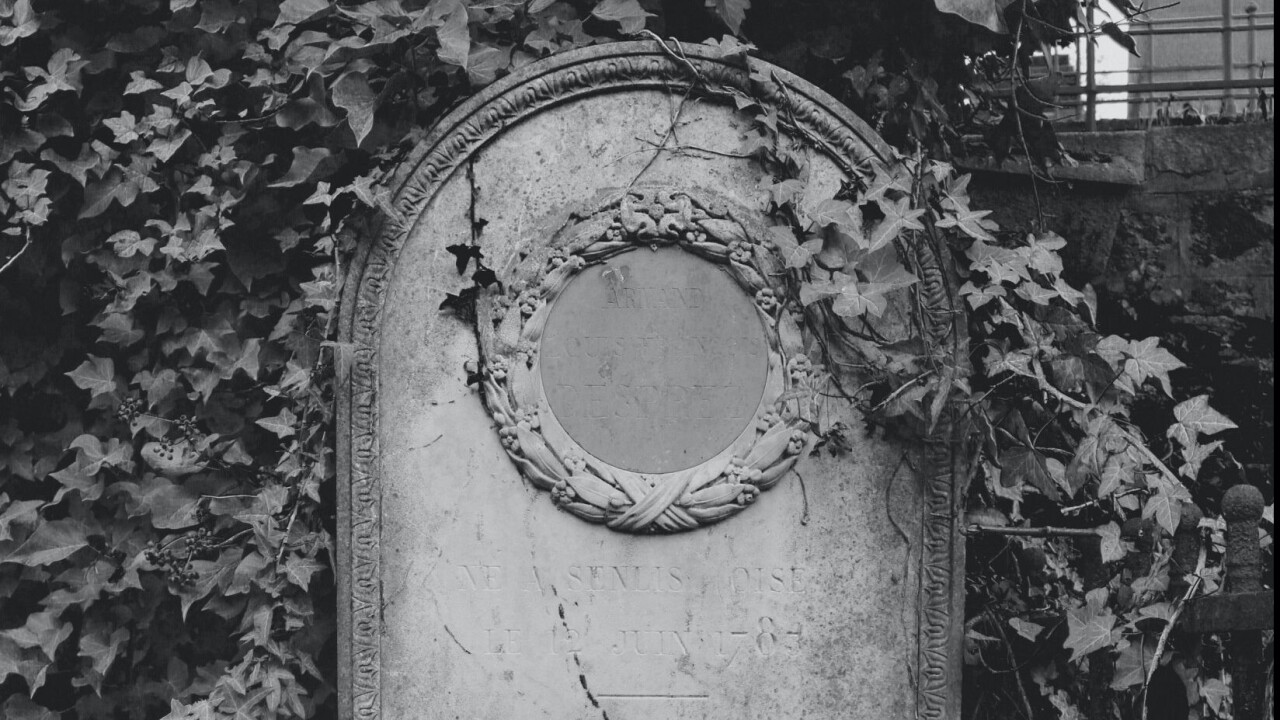It’s hard to make up for a loss of a loved one, however, technology is helping people remember them in different ways.
For example, social networks like Facebook offer features for the memorialization of the accounts of the deceased. You can also assign a legacy contact to handle your account after your death.
Speaking at the TNW 2021 conference, Stefanie Schillmöller, Death Trends Expert & Innovation Strategist – Good Grief, said that we need to be more aware of the digital footprint we’re leaving behind.
She said that there are many ways people are remembering the deceased with technology. One of the most talked-about instances was last year, when Kanye West’s birthday gift to Kim Kardashian was her dad’s hologram talking about her.
While this might be a costly affair, a dutch company called HereWeHolo can help you attend your own funeral through a hologram by pre-recording a message for you.
Charlotte Wiedemann, a journalist working in the field of death awareness, pointed out that many tools could be useful and creepy at the same time. For instance, MyHeritage’s Deep Nostalgia tool, released earlier this year, turns any old photo into a short moving video clip — this could feel uncomfortable for many.
With our new Deep Nostalgia™, you can see how a person from an old photo could have moved and looked if they were captured on video! Read more: https://t.co/ZwUwzJRQ26 #RootsTech #RootsTechConnect pic.twitter.com/LERXhrqiut
— MyHeritage (@MyHeritage) February 25, 2021
Wiedemann said that researchers are using AI to recreate the voices of the deceased to preserve their memory. Case in point, chef Anthony Bourdain’s artificially created voice was used in a documentary about him. Then there are people like James Vlahos, who interviewed his father before his death to create a bot.
In South Korea, researchers used virtual reality to reconnect a mother to a daughter she lost due to a sudden illness. Experiments like these could help some people who might be struggling mentally because of loss.
Wiedemann noted that currently, there are three parts of digital data and remembrance: fragmentation of digital heritage, reconnecting with the dead, and resurrection of the deceased through tech.
Schillmöller said that there aren’t many policies and ethical guidelines around the area of digital legacy, and more discussion is needed in this area to form solid regulations to respect the deceased and their digital presence.
Get the TNW newsletter
Get the most important tech news in your inbox each week.

